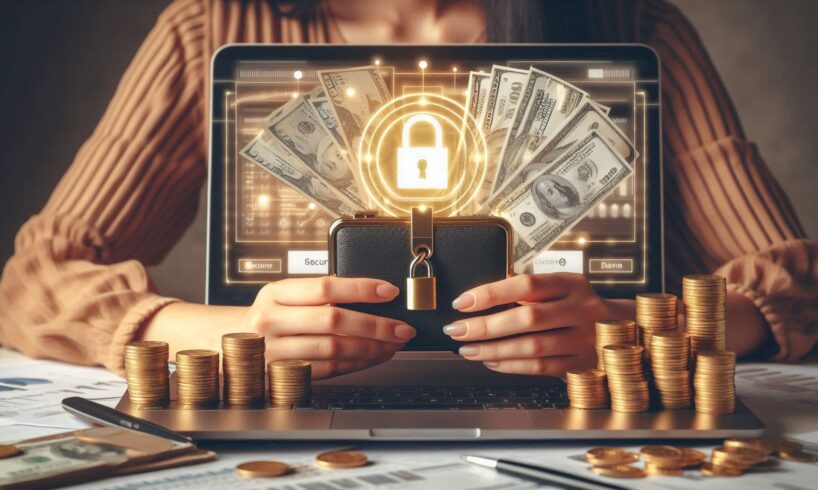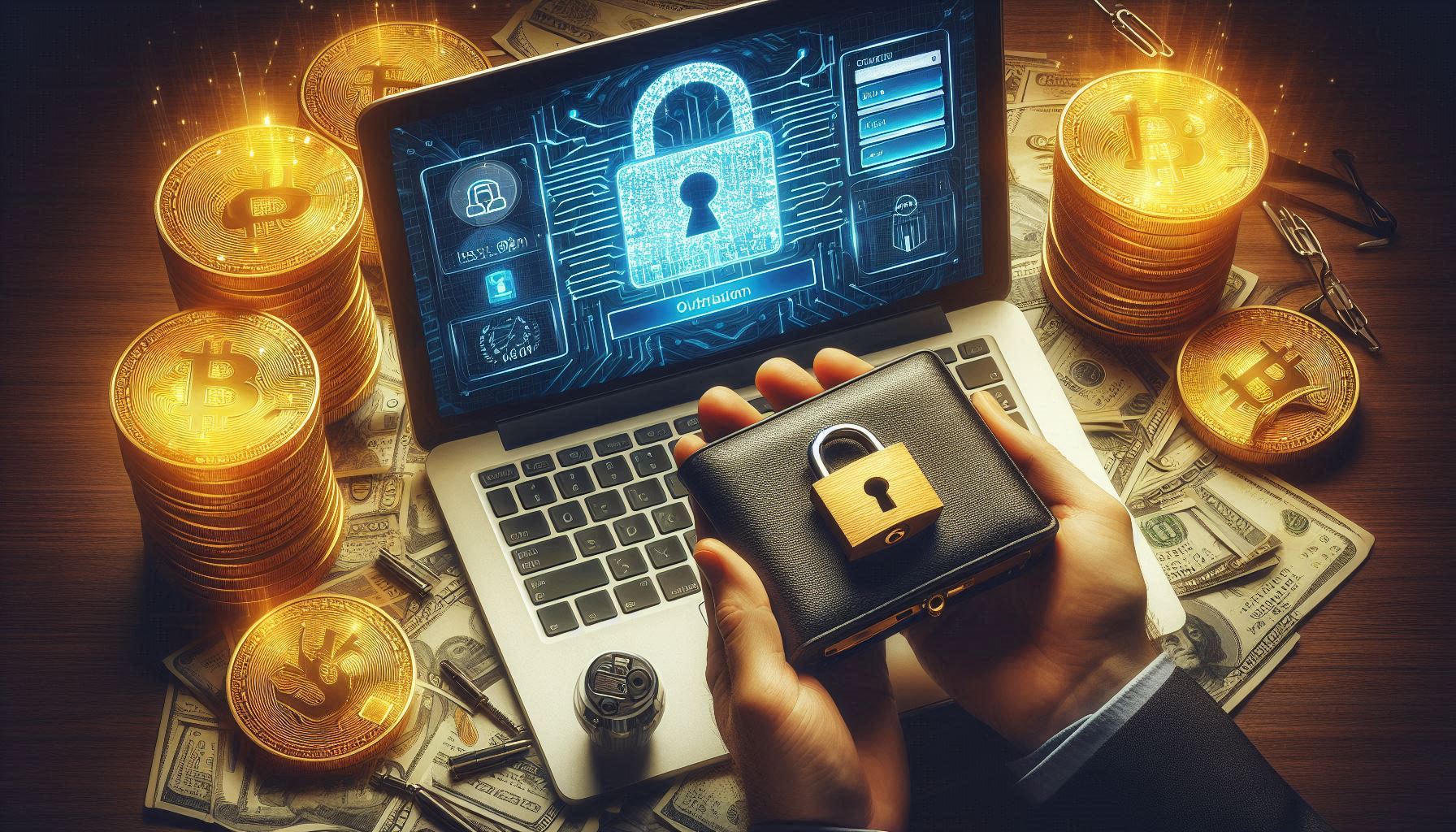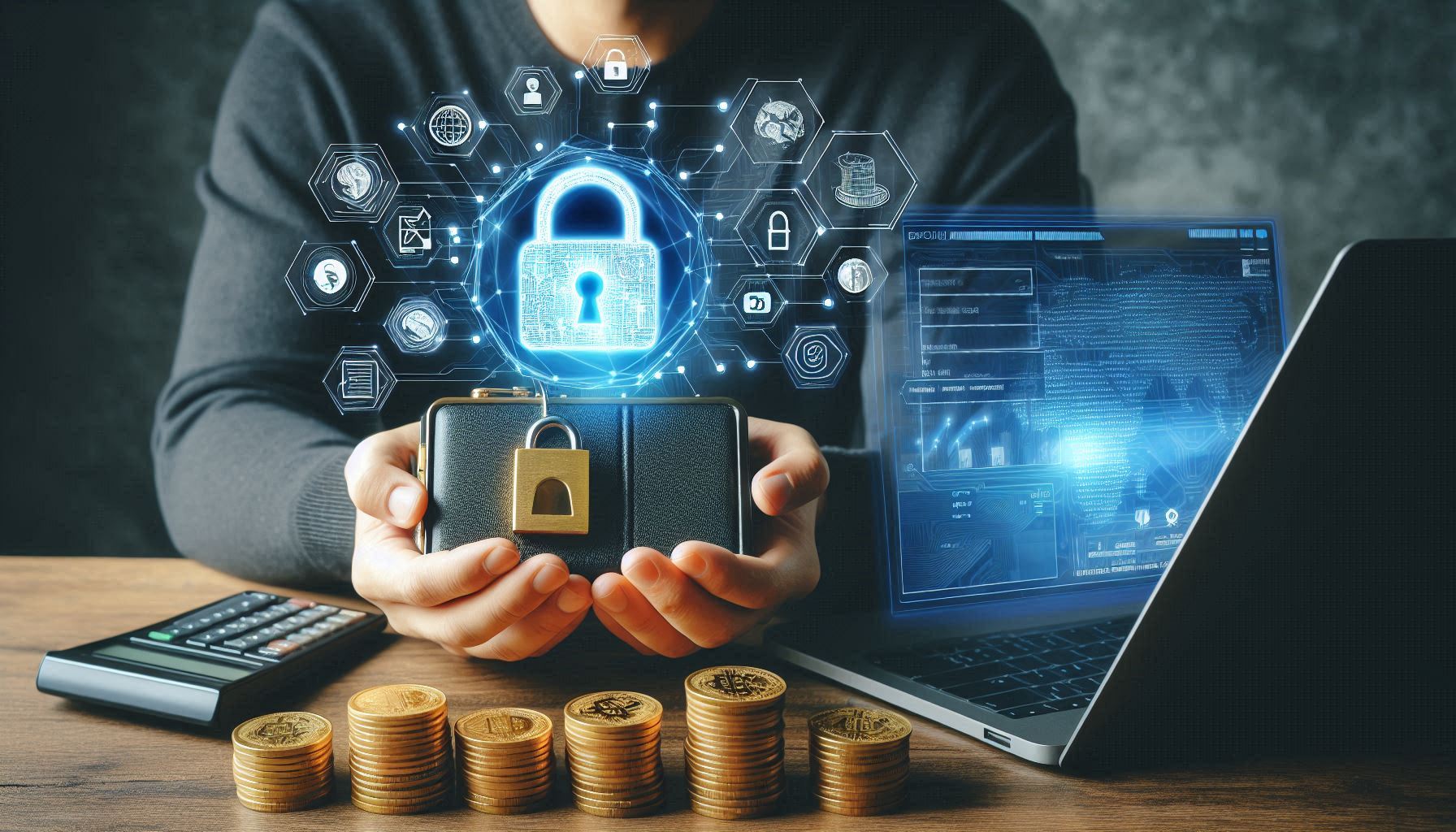
Cryptocurrency has indeed brought about lots of revolutions within the financial walls, offering individuals a new currency that is decentralized, transparent and frequently anonymous. However, having so much innovation comes with great responsibility, especially when one speaks of safeguarding digital assets. In the guide below, you’ll learn some strategies on how to guard your cryptocurrency assets from theft, loss, and other risks.
Risks
However, there is some risk that needs to be discussed before moving on to security measures. Some of the prevalent risks include hacking, phishing schemes, and malware attacks. Risks
Hacking Hackers break into the exchanges and wallets of cryptocurrencies to steal money.
Phishing schemes Legitimate-looking emails or messages often make their way to email inboxes which eventually are phishing scams that ask for private keys or passwords.
Malware Some cyber attackers send malicious softwares that access your device and then log onto your wallet without your permission.
Loss of Access: You lose your private keys or password and eliminate your access to the cryptocurrency permanently.
Now, knowing these risks, here are some easy-to-follow steps that would secure your cryptocurrency assets.
Also Read: Cryptocurrency Price Prediction Algorithms: The Ultimate Guide
-
Secure wallet

The first step toward protection of cryptocurrency is to choose the right wallet. There are several types of wallets available:
Hardware wallets: Hardware wallets store your private keys in the hardware and are not attached to the internet. Some of the most popular hardware wallets include Ledger Nano S, Trezor, and KeepKey. With these, you would have one of the safest choices when it comes to long-term storage.
Software wallets: These wallets appear as applications or software programs that hold your private keys. While convenient, they are more prone to hacks than are the stronger hardware wallets. Examples include Exodus and Electrum.
Paper wallets : Paper wallets print your private keys on paper. Paper wallets are safe against any form of online threats but are easily lost or damaged.
For maximum security, you can combine a long-term hardware wallet with a daily-use software wallet.
-
Enable Two-Factor Authentication (2FA)
Adding two-factor authentication to your wallet or exchange account adds one more layer of security because before an individual can access your wallet or exchange account, they have to complete two factors of verification. 2FA is normally supported by most exchanges and wallets. The key usually uses a mobile application, such as Google Authenticator or Authy. The availability of enabling 2FA means that even when someone gets your password, they will definitely need another factor to access your account.
-
Keep Up-to-Date Software
The vault software and other applications require regular updates to ensure maximum security. Developers usually roll out updates with patch fixes on specific vulnerabilities and enhancement in functionality. Activate the automatic mode of updates, but update the wallet regularly if it is not up to the automatic mode.
-
Strong, unique passwords
Your wallet and exchange account passwords are the first lines of security. Always use a strong, unique password for your wallet and exchange account. A strong password usually contains:
At least 12 characters
A mix of uppercase and lowercase letters
Numbers
Special characters like @, #, $, and %
Do not include easily guessed information, such as birthdates or common phrases. For security, you may wish to invest in a password manager that can both help you generate complex passwords and store them in entirely secure manners.
-
Avoid Phishing Scam
There are diverse ways in which phishing scams can be carried out. Emails, fake websites, and messages on the various social media are some of the means by which such scams may be executed. Above all, there is always a need to be cautious and verify the authenticity of any form of communication asking for personal information or directing you to a website.
How to Avoid Phishing Attacks:
Always verify URLs to ensure they are legitimate.
Avoid clicking on suspicious links and attachments.
Enable security features that your wallet or exchange has to detect phishing attempts.
-
Use cold storage.
Cold Storage refers to storing your cryptocurrencies offline, free from online threats. It lowers the risk of hacking and malware attacks by a great margin. Some common cold storage options include;
Hardware wallets. These devices will store your private keys offline.
Paper Wallets: Write down your private keys and keep them in a safety deposit box, among others
As a precautionary measure, it is advisable to shift most of the money to the cold wallet, that is, a site where you will not access the wallet much, while keeping a little amount of it in your hot wallet for daily transactions.
-
Diversify your assets
Just as with other traditional investments, diversification could also reduce risk in cryptocurrency. Rather than putting all your funds into one asset, consider holding a mix of various cryptocurrencies to guard your portfolio against market fluctuations and potential losses.
-
Keep checking your accounts regularly.
Indeed, it may not be noticed, so it is important to monitor the activity around your cryptocurrency accounts to be aware of unusual behavior right away. To monitor them effectively, you should view your wallet balance, check transactions, and account settings regularly. In the case of unauthorized transactions or changes to your account, you should immediately take action, such as changing passwords and contacting the wallet or exchange provider.
-
Keep yourself informed
Cryptocurrencies fluctuate and are ever-evolving. New technologies and threats tend to emerge constantly, so it’s a good idea to stay on top of the latest security methodologies, news, and developments in cryptocurrency. You can keep an eye on major sources and contribute to online communities and forums to keep aware of best practices and potential risks.
-
Use multi-signature wallets.

Several private keys are required to grant authorization for transactions in the case of multisignature wallets. This, of course, brings in additional security since the wrong party will not manage to have access using one compromised key. Multisig wallets are extremely handy for businesspeople or individuals dealing in a considerable amount of cryptocurrency.
Also Read: “Is Cryptocurrency Legal in India? Exploring the Legal Landscape”
The outcome
Securing your cryptocurrency assets requires due diligence, knowledge, and proactively following through on these measures. By understanding risks and applying some of the strategies highlighted in this guide, one’s digital assets will become dramatically more secure. More importantly, remember that in the world of cryptocurrency, you are essentially your own bank- so it is crucial that you take responsibility for your own security. If done right, you can navigate the world of cryptocurrency with peace and confidence.







